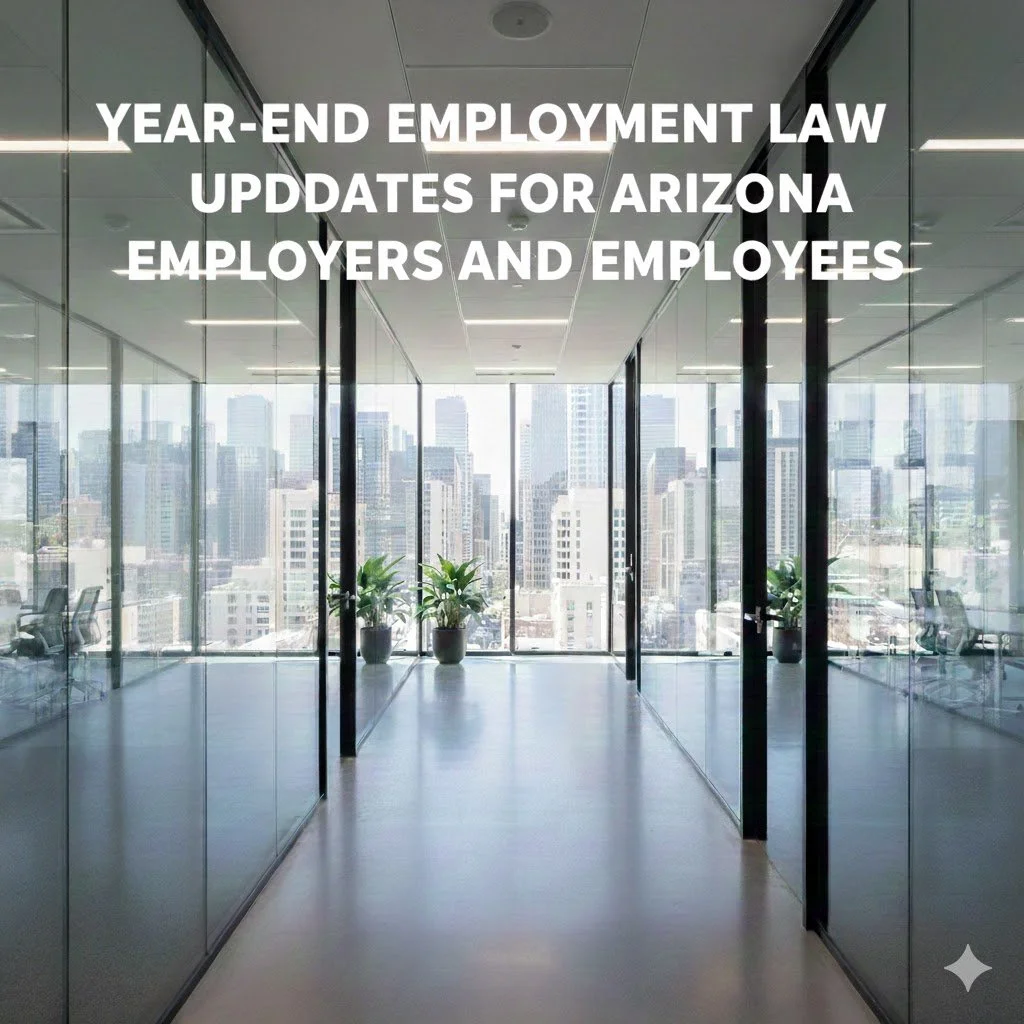Order of Protection
An order of protection, often called a “restraining order,” is a court issued document that is obtained upon successfully petitioning the court. Upon issuance, the document’s purpose is to prevent the defendent from committing an act of assault, domestic violence, or harassment. The terms of the order can vary and are usually based upon what the court believes is most appropriate.
Typically, a protective order is valid for one year.
During the one year time period, the recipient of the order is required to comply with the terms of the judicial order and failure to comply can lead to criminal penalties.
The Difference between Orders of Protection and Injunctions Against Harassment
Those who have an order of protection filed against them often hear of the term “injunction against harassment.”
It should be noted that an order of protection and an injunction against harassment are not synonymous with one another. These are two separate documents that apply in different situations:
An order of protection, as explained under Arizona Revised Statute 13-3602, is a document that is issued by the court in order to prevent someone from committing an act included in domestic violence defined in Arizona Revised Statutes 13-3601(a). The order of protection also can only be issued against specific individuals. For the order to be issued, the recipient of the order must be in some form of a familial relationship with the opposing party. A familial relationship can include a spousal relationship, a former spousal relationship, roommate or tenancy, someone whom you have a child with, or a relative who is related to you by blood. On the other hand, an injunction against harassment, as explained under Arizona Revised Statute 12-1809, is a document that is issued by the court to prevent an individual from committing acts that amount to harassment against the opposing party.
Harassment, as defined by Arizona Revised Statute 12-2921, is an act that amounts to contacting, communicating, or causing communication with another person by verbal, electronic, mechanical, telegraphic, telephonic or written means in a manner that harasses. Harassment can also amount to following another person in a public space after being asked to desist or surveilling another person. Unlike orders of protection, with an injunction against harassment, there cannot be a familial relationship between the parties. Essentially, the parties can be neighbors, coworkers, friends, landlords, and the like. Other types of relationships where an injunction against harassment cannot be filed include a past/present intimate relationship or a past tenancy relationship.
Obtaining an Order of Protection (OOP)
If both parties are within a familial relationship and the defendant committed, or is about to commit domestic violence, harassment, or assault against the opposing party, then the plaintiff can petition the court for an order of protection.
In order to obtain an order of protection, the plaintiff must present the following to the court:
Order of Protection
Their personal information such as an address, phone number, employers contact information, the defendant’s name, address, phone number, and the like
Evidence sufficient to support the contention that the plaintiff harassed, assaulted, or performed an act amounting to domestic violence. Evidence can come in the form of medical records, police reports, and doctor’s appointments
Once the petition has been heard, a judicial officer reviews the petition and the plaintiff provides a sworn testimony. The defendant does not need to be present during this initial process if the judge believes that the evidence is sufficient. If the evidence is sufficient, the permanent order of protection will be granted for the period of a year. If the judge does not believe that the plaintiff has provided sufficient evidence, a hearing may be scheduled within ten days and the defendant is able to attend.
Obtaining an Injunction Against Harassment (IAH)
If the parties are not in a familial relationship, the court may issue an injunction against harassment if the defendant is harassing the plaintiff. For the court to grant an injunction against harassment, the plaintiff needs to present the following to the court:
Sufficient evidence indicating that the defendant is harassing the plaintiff; or
Sufficient evidence supporting the argument that without order against protection, great or permanent harm is likely to result if the order is not issued immediately and that the plaintiff attempted to notify the defendant regarding the injunction. If the defendant did not notify the plaintiff regarding the order, then the plaintiff needs to provide the court with valid reasons why the defendant should not have been notified.
In the case the court does not grant the order of protection, the court will hold a hearing within ten days that requires the defendant to attend and gives them an opportunity to be heard.
How to Defend Yourself Against an OOP/IAH that was Filed Against You Without Cause?
Since in most cases the defendant does not have the opportunity to be heard before an order of protection or injunction against harassment is granted, it is possible that the order was filed without cause.
If you, as the defendant, believe that the order was filed without cause, then your defense attorney can help you get the order or injunction dismissed or modified. As the process for requesting modification or dismissal is taking place, it is vital that you do not make matters worse. This means that you need to exhibit behavior that does not come close to harassment, domestic violence, or assault. Be sure to comply with all terms of the Order until your legal situation is resolved to avoid unnecessary legal trouble.
If you’re facing an Order of Protection or Injunction Against Harassment, the first thing you need to do is contact a Phoenix criminal defense attorney who will protect your rights through every aspect of your case.
Blog Articles | Order of Protection
Our expert legal team at Tyler Allen Law Firm has over 30 years combined experience assisting clients with Orders of Protection. We have compiled that vast array of knowledge into several informative blog articles to answer many frequently asked questions from those needing help with Orders of Protection.
Orders of Protection













